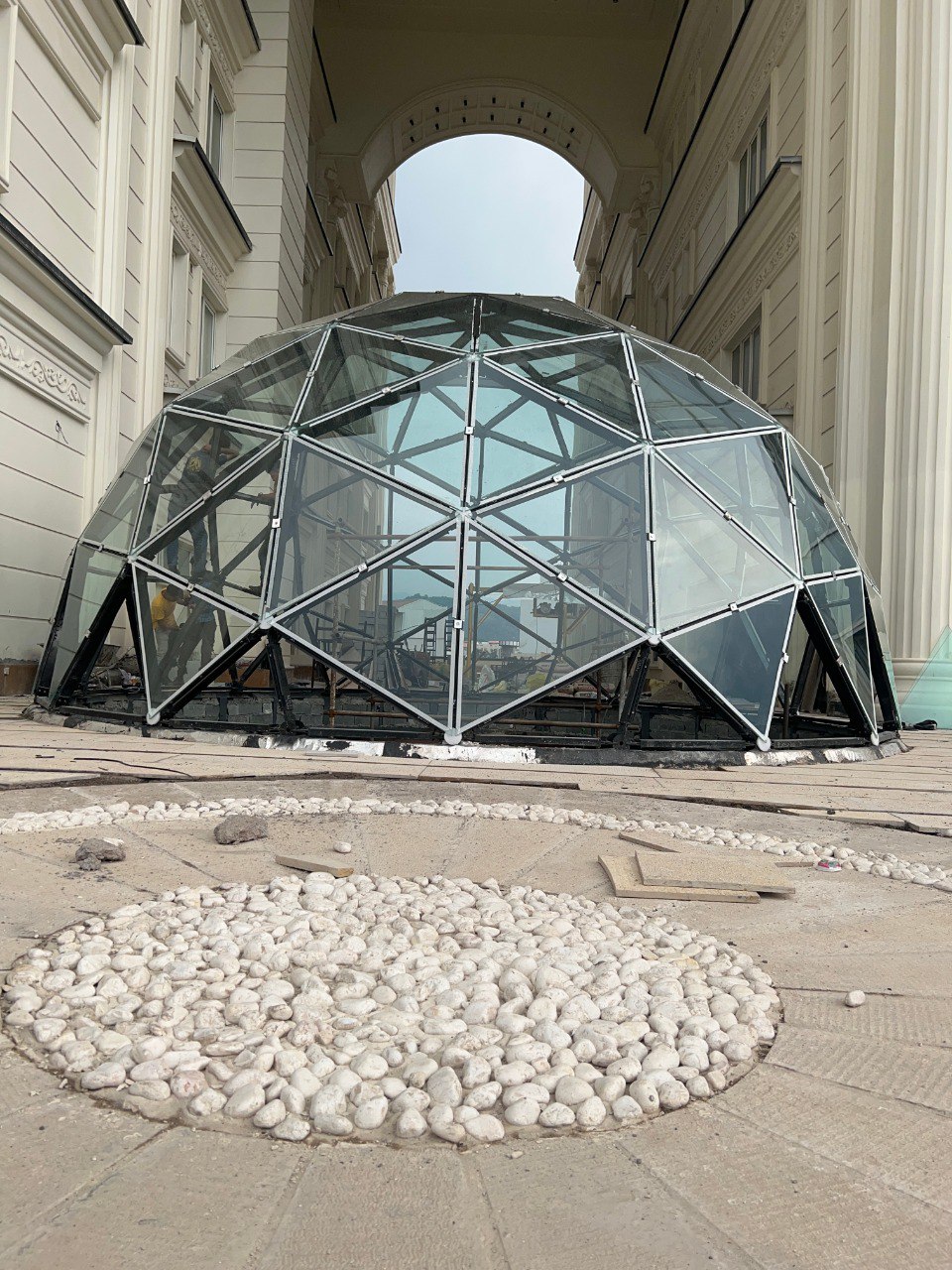Free Form Structures | Redefining Form, Function & Flexibility
Break free from conventional design and embrace architectural innovation—where shapes flow, structures inspire, and creativity knows no bounds.
Ready to Illuminate Your Space? Get a Free Consultation Today!
Introduction
First and foremost, free-form structures transcend traditional geometric constraints, enabling architects to craft fluid, organic forms that engage both visually and structurally. Moreover, through advancements in computational tools and materials, these bold designs have become feasible in real-world construction

Key Benefits
Unmatched Design Flexibility
Unlike rigid traditional forms, free-form structures allow you to explore fluid, site-responsive shapes—perfectly tailored for both aesthetic and functional requirements.
Material Efficiency and Sustainability
In addition, by leveraging parametric and algorithmic design, these structures optimize material use and reduce waste—enhancing both eco-friendliness and cost-effectiveness.
Enhanced Performance
Furthermore, innovative geometries can improve aerodynamic, acoustic, and environmental performance—for instance, iconic structures like the Sydney Opera House achieve both visual drama and functional excellence
Landmark Impact
In fact, free-form buildings often become iconic city symbols—the Guggenheim Museum Bilbao and Heydar Aliyev Center are prime examples of how free-form can drive cultural identity and tourism.
Technological Synergy
Importantly, designing and building free-form structures relies on cutting-edge practices—such as parametric modeling, generative algorithms, and bespoke formwork—balancing creative intent with structural feasibility.
Future-Ready Innovation
Moreover, emerging methods including digital morphogenesis, fiber-reinforced composites, and adaptive formwork are accelerating the evolution of free-form design toward more sustainable and intricate possibilities.
Real-World Applications
- Cultural & Civic Icons
Buildings like Sydney Opera House or Guggenheim Bilbao make visual statements. - Exhibition & Worship Spaces
Spacious, column-free interiors suit galleries, pavilions, and sacred spaces. - Timber Innovations
Structures such as Swatch HQ and Haesley Nine Bridges Resort showcase timber’s organic free-form potential. - Emerging Technologies
From Gothic cathedrals like Chartres and Sainte-Chapelle to modern installations, stained glass continues capturing narratives and light across generations.
Design & Construction Process
- Vision & Conceptual Design
We begin by sketching inspired forms using parametric tools. - Structural Rationalization
Then, we optimize using algorithms to balance aesthetics, panel shaping, and cost. - Digital Fabrication & Formwork
Using sophisticated formwork systems or CNC timber tech, we bring geometry into real-world structures. - Installation & Performance
Lastly, we seamlessly assemble site structures that are both striking and stable.




